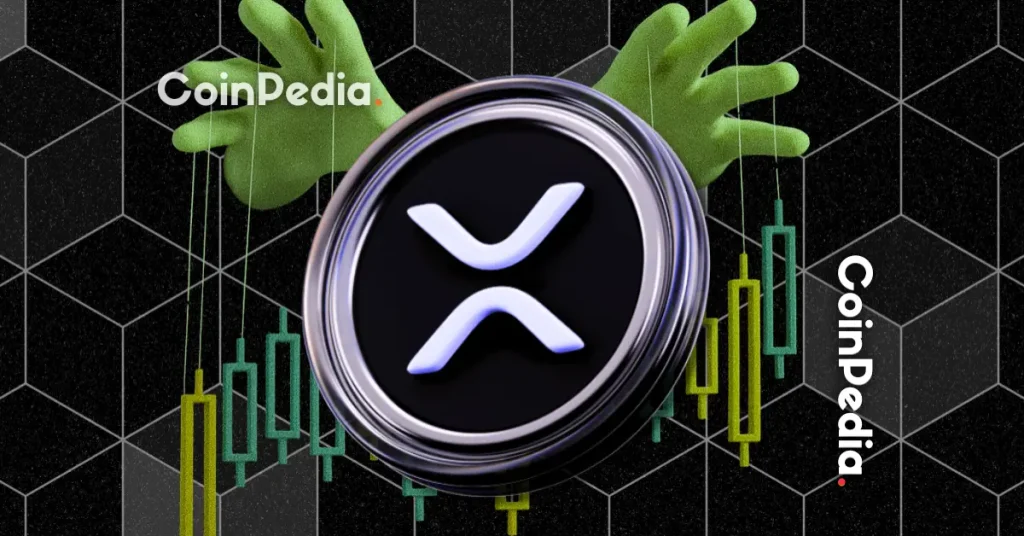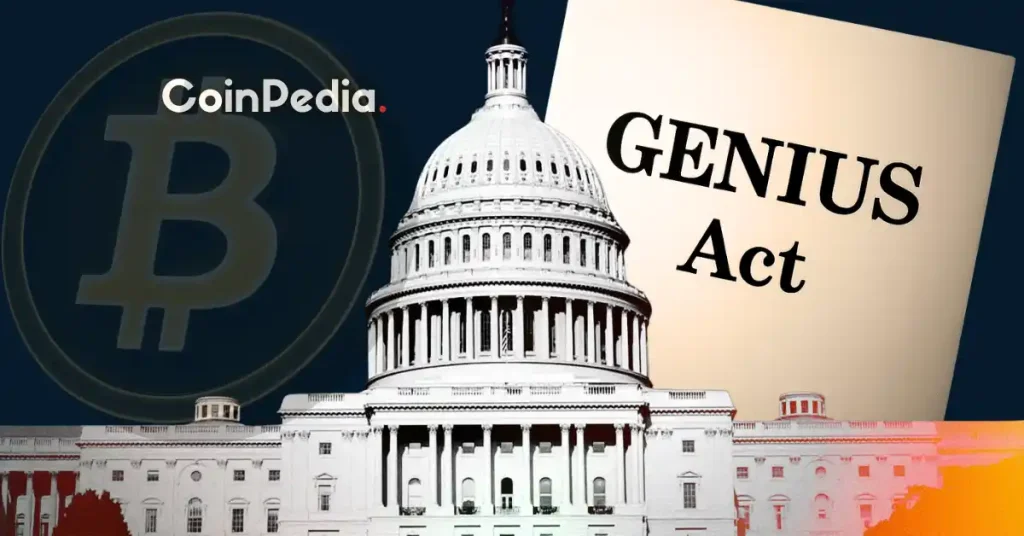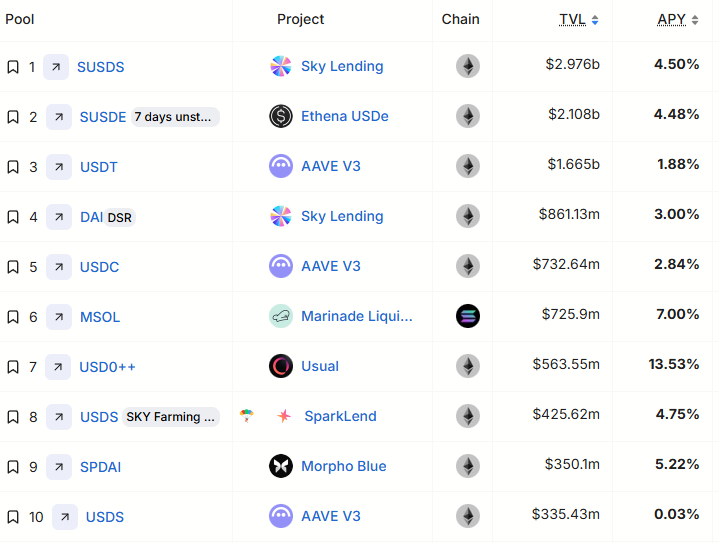
Dogecoin price is attracting renewed attention from technical analysts, with several chart formations pointing to a meme coin rally. According to multiple analysts, DOGE price is displaying a combination of technical indicators and structures that suggest the potential for a 10X rally. These include a breakout from a triangle pattern, a developing “cup and handle” formation, and historical pattern similarities to the 2017 bull market.
Dogecoin Price Prediction: Chart Patterns Point to 10X Meme Coin Rally
In a recent post on X, analyst Trader Tardigrade shared a chart showing the MACD indicator breaking out from a triangle formation. This setup has historically been linked with strong upward momentum in Dogecoin price. The MACD breakout is accompanied by a rounded bottom pattern, often seen as a preparatory phase before bullish moves.
Notably, during previous instances in September and March, similar MACD triangle breakouts occurred. In both cases, the breakout led to a rapid acceleration in Dogecoin price. These historical movements suggest that the current meme coin rally may lead to a new all-time high.

The MACD lines have crossed again in recent sessions, with the indicator moving above the triangle’s downtrend line. Analysts are observing similar conditions that were present during previous rallies. The upward curl in the price structure reinforces the breakout narrative.
Meanwhile, following the recent move by House of Doge, market analysts are forecasting a 16% rise in Dogecoin price as bullish momentum builds.
Cup and Handle Pattern Suggests Upside Toward $2.00
Additionally, according to Crypto Elites, DOGE price is forming a cup and handle pattern, a technical formation often associated with bullish continuation. The rounded bottom of the cup has already developed, and the handle phase is underway. This formation typically leads to a breakout once the price surpasses the neckline resistance.
The key resistance level is positioned near $0.185. A confirmed break above this threshold could open the door to a sharp upward movement. Based on this chart pattern, the projected target is in the $1.85 to $2.00 range. The projection is calculated using the depth of the cup formation.

However, the analyst noted that the current retracement to the handle’s lower range may act as a support zone. This area has historically been where momentum builds ahead of breakouts.
Historical Behavior Resembling 2017 Cycle
Concurrently, analyst KrissPax has identified similarities between the current Dogecoin price movement and the 2017 bull run. KrissPax posted a chart on X that compares both periods, showing the current phase aligning closely with the structure before DOGE price previous surge. According to the chart, the current meme coin cycle could extend beyond the previous all-time high.
KrissPax projected that the top meme coin could rise to $4 if the second major breakout occurs, similar to the 2017 pattern. While this is a longer-term scenario, it is based on recurring patterns observed in past market cycles.
A recent CoinGape report supports the bullish outlook on DOGE price, noting that a breakout above the $0.18 resistance could ignite a meme coin rally toward the $20 mark.
The post Dogecoin Price Set To Rally 10X Amid This Bullish Pattern appeared first on CoinGape.













 :
:
